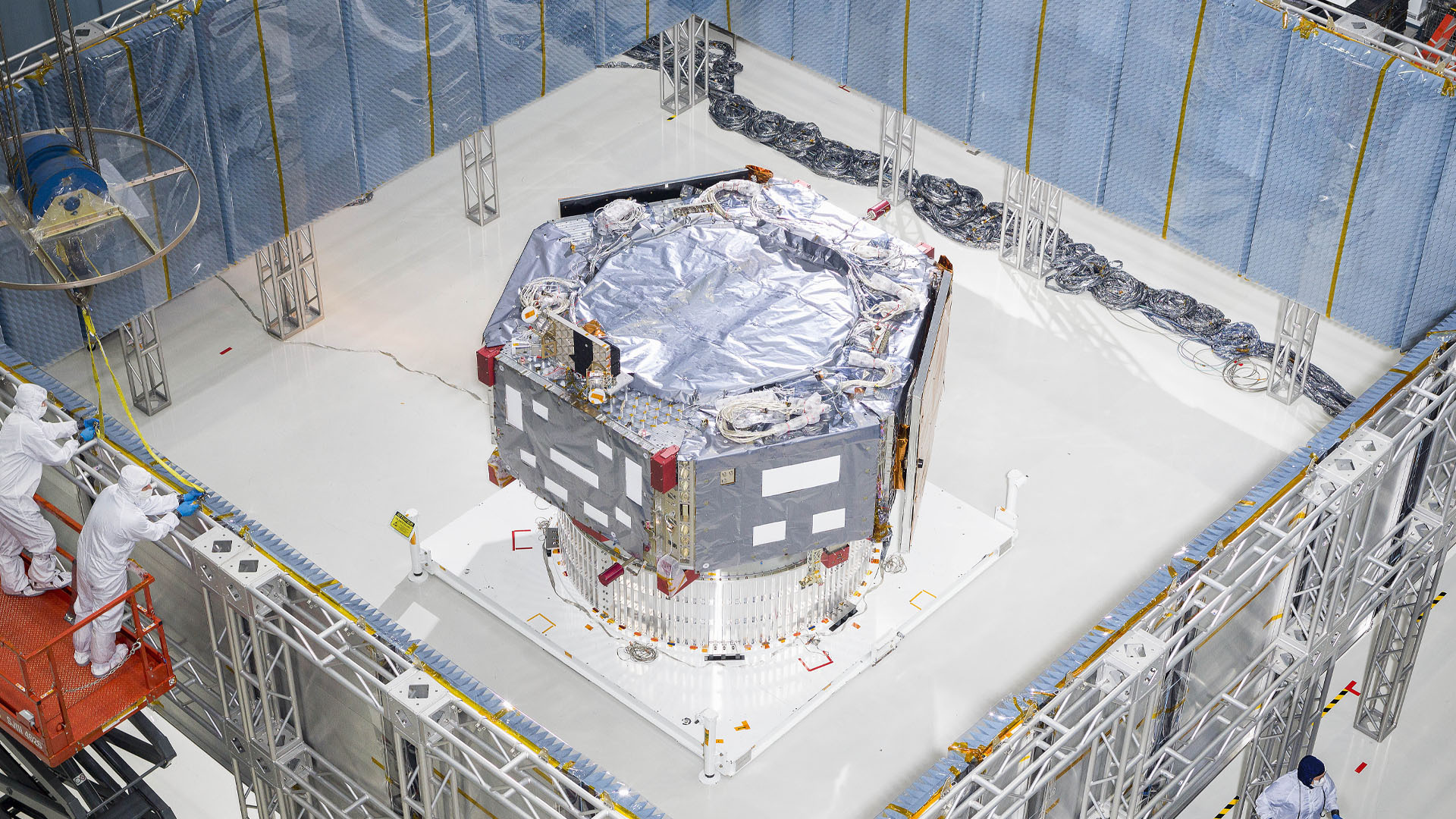NASA has recently made a significant step forward in the exploration of the universe with the arrival of the primary instrument for the Nancy Grace Roman Space Telescope.
This cutting-edge tool, the Wide Field Instrument (WFI), has officially arrived at the Goddard Space Flight Center in Greenbelt, Maryland, and is set to become a cornerstone of NASA's cosmic investigations.
The Roman Space Telescope, named after Nancy Grace Roman, the first Chief of Astronomy at NASA, is designed to probe some of the deepest mysteries of the cosmos. With its advanced capabilities, it will provide astronomers with a panoramic view of the universe, from our solar system's edge to the farthest reaches of the observable universe. The WFI, capable of capturing stunning, high-resolution images in visible and near-infrared wavelengths, is expected to conduct wide-field surveys, enabling the detection of faint cosmic phenomena, including galaxies and exoplanets.
This telescope's wide field of view will allow scientists to observe vast portions of the sky, more than what current space telescopes like Hubble and James Webb can achieve. The WFI's large detector array, composed of over 300 megapixels, will help unlock new insights into dark energy, exoplanet exploration, and the general structure of the universe. One of its key missions is to answer pressing questions about dark energy, the mysterious force believed to drive the accelerating expansion of the universe. In addition to cosmic surveys, the telescope will also contribute to the study of exoplanets by conducting a detailed census, revealing the types of planets in distant star systems.
Beyond its primary mission, Roman will carry the Coronagraphic Instrument (CGI), designed for direct imaging of exoplanets. This highly specialized tool will use advanced starlight-suppression techniques to capture images of planets orbiting distant stars, offering unprecedented detail on worlds outside our solar system.
Scheduled for launch within a few years, Roman's discoveries could reshape our understanding of fundamental questions about the cosmos and the potential for life elsewhere in the universe.


